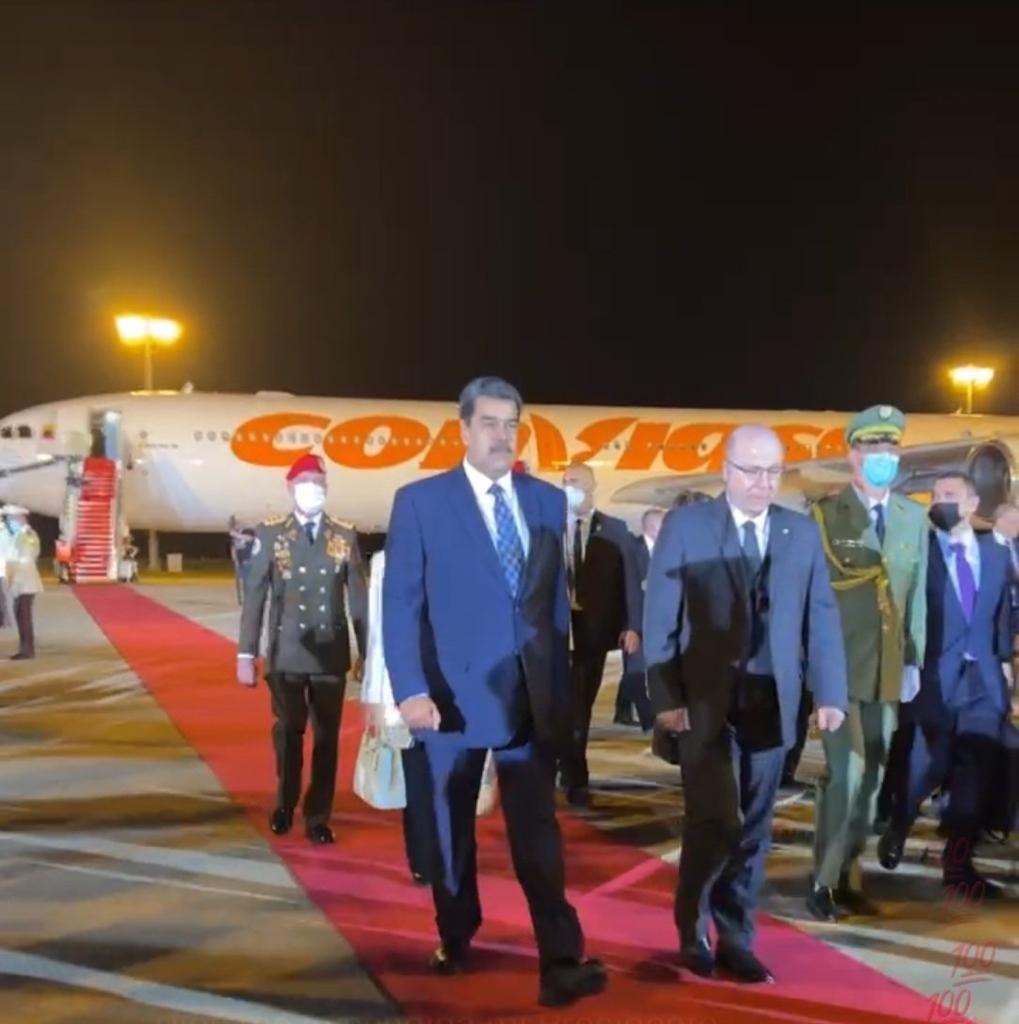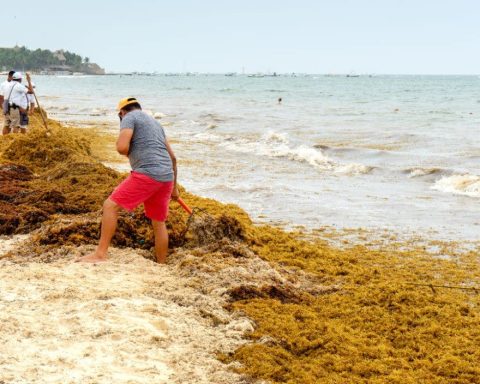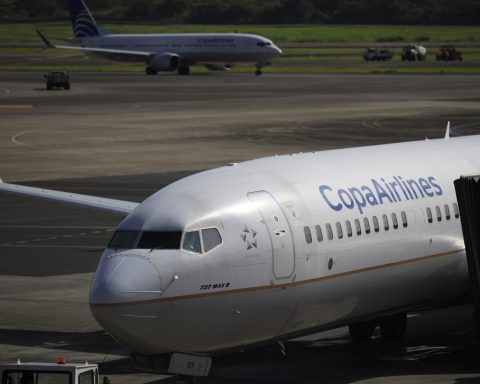The governor of Buenos Aires, Axel Kicillof, toured this Wednesday the progress of the Riachuelo System mega-project, which provides for the most important expansion of the main sewer system in the metropolitan area in the last 70 yearsto which 1,200 million dollars will be allocated for the benefit of 4.5 million people.
Kicillof visited the port of Dock Sud, where the sewage effluent pretreatment plant is being built, together with the president of AySA, Malena Galmarini, and the head of Acumar, Martín Sabbatella.
“This is one of the largest engineering and sanitation works, in which 1,200 million dollars are allocated for the benefit of 4.5 million people who live in the Buenos Aires municipalities of the Matanza Riachuelo Basin and in the City of Buenos Aires. Aires”, detailed the Buenos Aires president.
“This work is going to benefit 4.5 million people and, in addition, it will allow in the future to bring sewers to 1.5 million more people from Buenos Aires”Malena Galmarini
The authorities toured the works of the plant that is being built in the Port of Dock Sud to carry out the physical treatment process of sewage effluents from the trunk network that serves the City of Buenos Aires and part of the Buenos Aires suburbs.
These are the three comprehensive works of the system and include the commissioning of an inlet lift station, the pretreatment plant and the outlet pumping station to the Riachuelo outfall.
According to the Buenos Aires Government, it is the most important sanitation work in the country, which requires more than 40 kilometers of tunnels and generated more than 1,500 jobs.

“The goal is to replace and complement works that are 120 and 75 years old, that are very old and have been overwhelmed,” said Kicillof, who recalled that “in 2015 we started this project to improve the environmental issue on the Riachuelo, but like so many other works of the Province were paralyzed and underfunded for four years”.
For his part, Galmarini stressed that “it is about a work that takes many years of planning, search for financing and work to contribute to health care, the environment and the quality of life of the population“.
“It will benefit 4.5 million people and, in addition, it will allow in the future to bring sewers to 1.5 million more people from Buenos Aires,” he said.
The mega-project will have a direct impact on the municipalities of Avellaneda, Esteban Echeverría, Hurlingham, La Matanza, Lanús, Lomas de Zamora, Morón, San Isidro, San Martín, Tres de Febrero and Vicente López, as it will enable the independence of the Berazategui system, giving rise to to the expansion of the service in the southwest of the suburbs.

“This work is central to the Comprehensive Environmental Sanitation Plan for the Matanza Riachuelo Basin, since sewage effluents account for 70 percent of pollution problems”assured Sabbatella and remarked that “the work articulated between the different spaces of Government and jurisdictions will serve to improve the quality of life of all the inhabitants of the area”.
Kicillof finally assured that “the system is going to end as a result of joint work between the Province, the National State and AySA.”
Also present were the Minister of Infrastructure and Public Services, Leonardo Nardini; the director of the Riachuelo System, Marcela Álvarez, the mayor of Avellaneda, Alejo Chornobroff; the General Operating Directors of AySA, Alberto Freire, and the Management Executive of Acumar, Daniel Larrache; among others.
The readjustment of the Salado River, with investment from the World Bank
“As Governor Axel Kicillof tells us, we deepened long-term financing with multilateral organizations for works that improve the quality of life of Buenos Aires residents. This investment was made possible thanks to a USD 300 million loan from the World Bank”the Minister of Treasury and Finance of Buenos Aires, Pablo López, wrote on his official Twitter account.
Along with this post, the minister shared a series of photos of the work to rehabilitate 35 kilometers of the Rio Salado, at the height of the Roque Pérez district.
The Buenos Aires Treasury portfolio also highlighted on its official Twitter account that the works “are in their final stage thanks to an investment from the province of Buenos Aires with financing from the World Bank.”
“This work is part of the Comprehensive Master Plan for the Río Salado, which, once completed, will benefit 59 Buenos Aires municipalities not only for the improvement in runoff capacity, but also for the valorization of soils, properties and production“, he detailed.
The World Bank loan of 300 million dollars is intended for works to adapt the riverbed in order to prevent flooding in its middle course.


















